Hindu weddings are some of the most vibrant, colourful and interesting weddings around. There are a host of events, each filled with sacred tradition and meaning where not just two souls are joined together, but it is also the union of two families. For the uninitiated, it is easy to get lost in the rituals but since our team has experienced quite a few Hindu weddings, we’re here to help you find your way around if you’re ever invited to one!
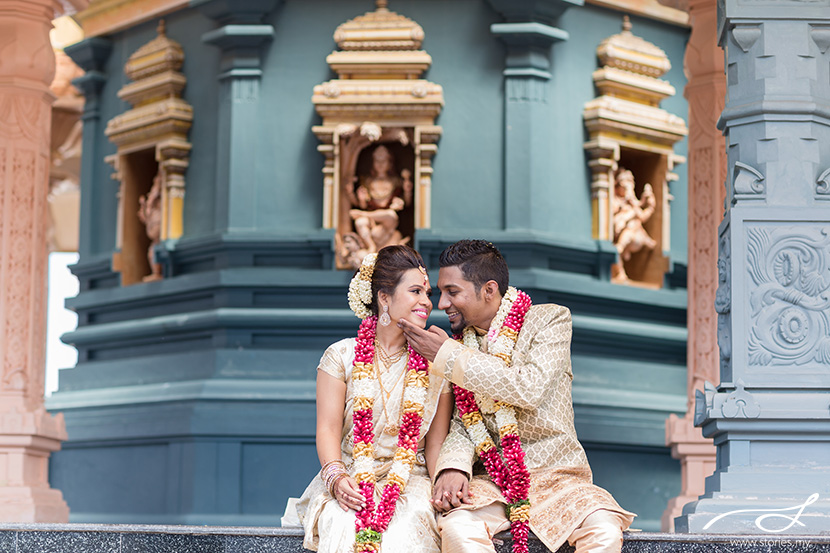
There are a few important stages, which are the key elements of the Hindu wedding ceremony. The whole thing usually takes place under a canopy called a mandap. It is always beautifully decorated.
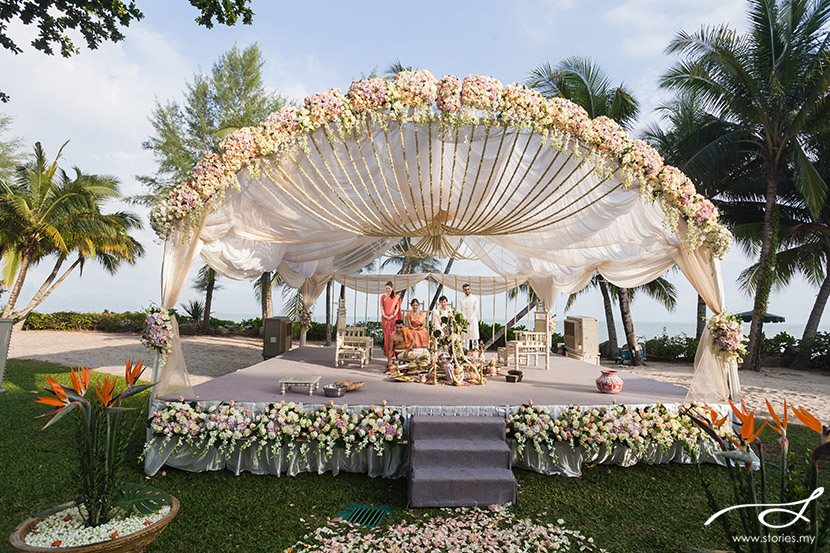
To have a smooth wedding ceremony, Ganesh Poojan is performed a few days before the wedding or even the night before. This is when the priest offers a prayer to Lord Ganesha (the elephant headed god) to remove any obstacles so the ceremony can proceed without hindrances.
The groom is welcomed as he makes his entrance during the Jayamaala or Vara Yatra ceremony, amidst much singing and dancing. In fact, music is a key component throughout the Hindu wedding! The bride’s parents, family and friends greet the groom and his party while blessing the groom with rice, applying tilak on his forehead and placing a garland over his head. He is then led to the mandap to await his bride-to-be.
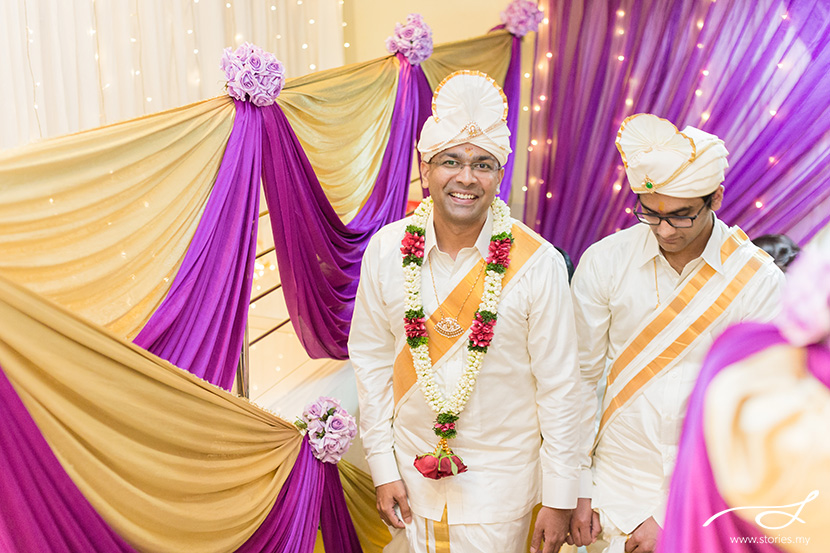
The bride is then offered in marriage to the groom in a solemn ritual called Kanyadan, which means “gift of a maiden”. It is often accompanied by the giving of a dowry. In this ritual, the father places his daughter’s hands into the groom’s, signifying that she is separated from her family and incorporated into the family of her husband’s. Speaking of hands, the bride’s hands are usually decorated with intricate henna designs.
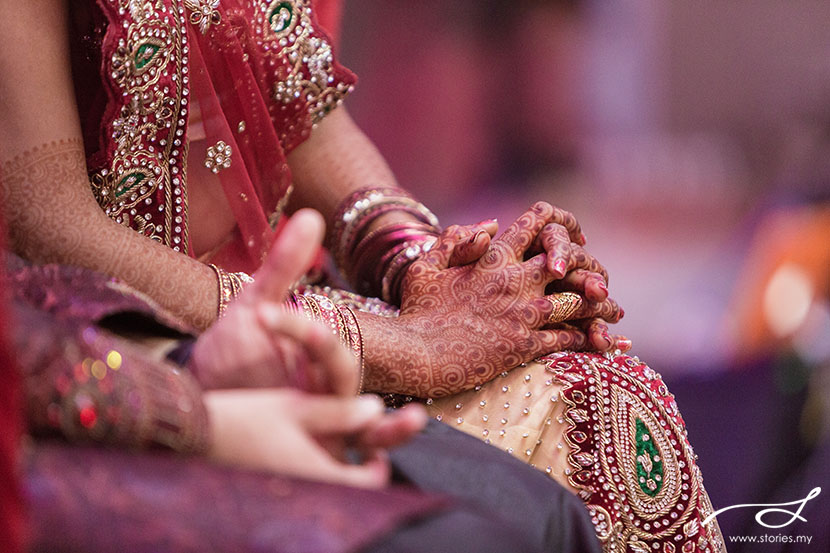
The groom takes his bride’s hands in his to signify his acceptance of the bride as his lawfully wedded wife and ties the first knot of the mangalsutra around the bride’s neck. His sister ties the other two knots symbolizing acceptance into the family. The mangalsutra is a holy thread with gold pendant, a symbol of marriage and the sacred bond between a husband and his wife. This is considered one of the most important rituals of a Hindu wedding.
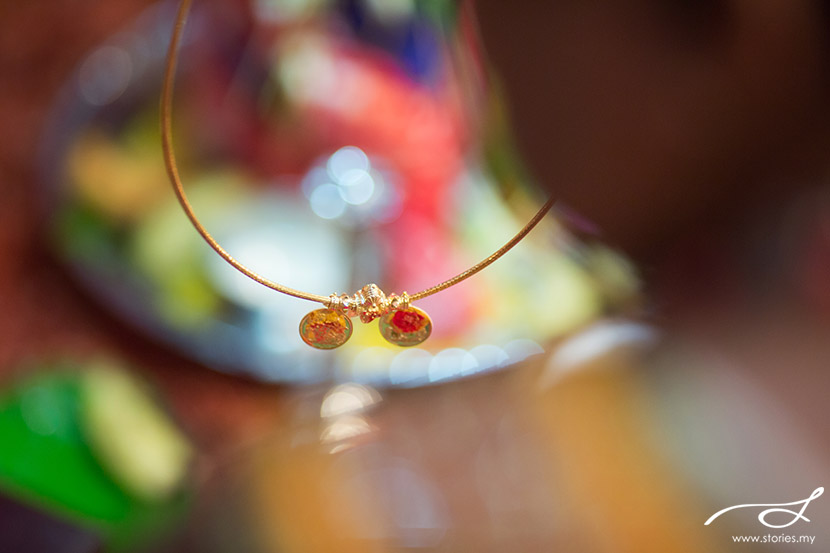
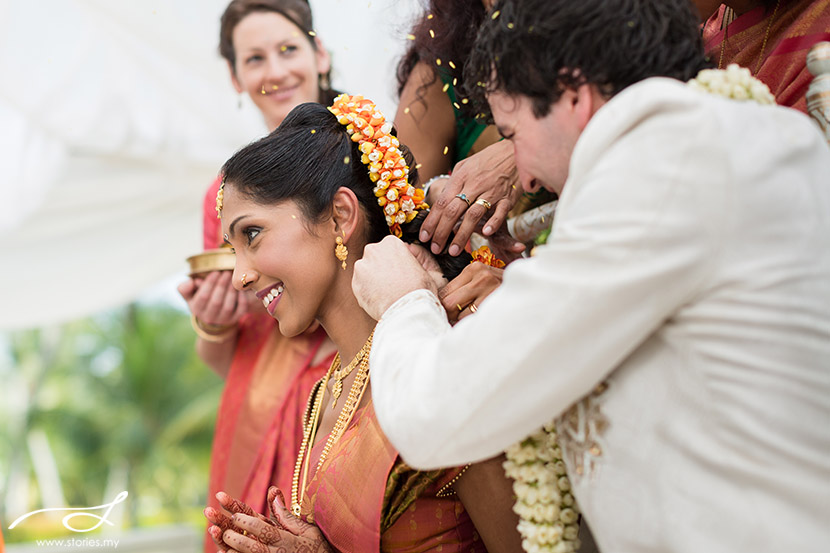
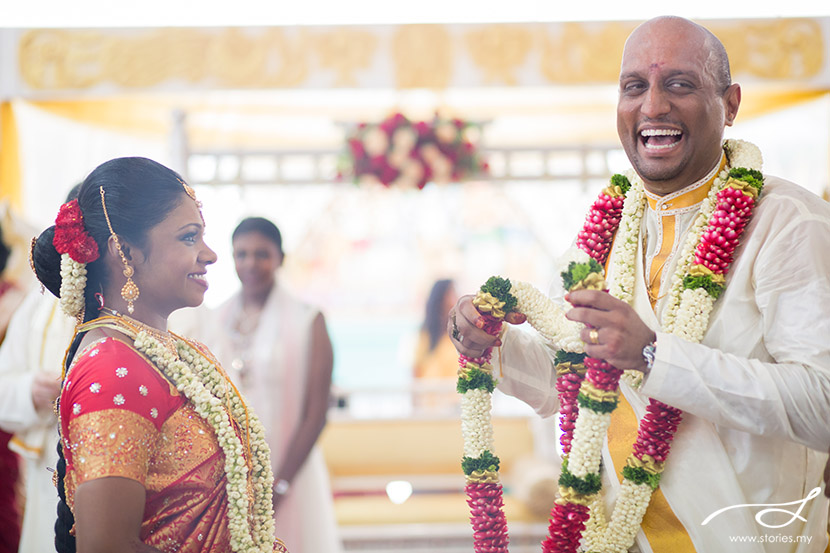
The Saptapadi is the main and legal part of the ceremony. A marriage knot is symbolized by tying the end of the groom’s scarf to the bride’s dress. The couple then takes seven steps around the fire, representing the seven vows exchanged between them – for nourishment, strength, prosperity, health, happiness, progeny and harmony – sealing their marriage forever. No ceremony is complete without this.
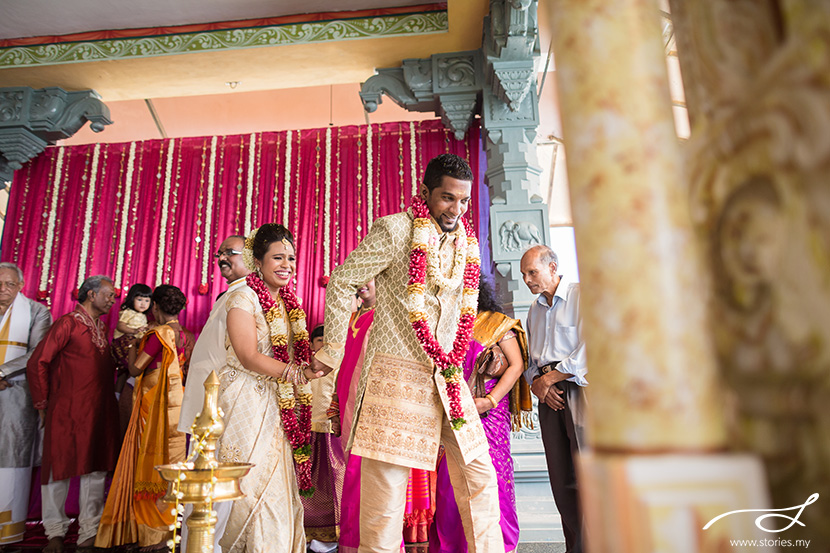
The wedding ceremony ends with a benediction by the elders and priests in the Ashirvada. The couple is blessed for a prosperous married life ahead of them.
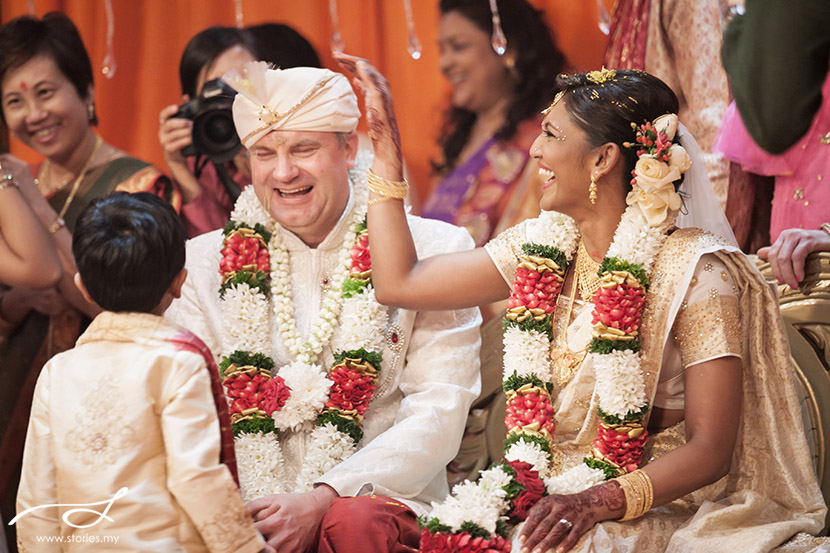
When the rituals are over, then comes the food and more dancing and singing! Everyone really gets into the groove, whether young or old. That’s one of the reasons why it’s simply so fun! Of course, there are a few variations to the customs and some additional ceremonies. Each one is timeless. Each one presents a wonderful photo opportunity and we love being a part of it!
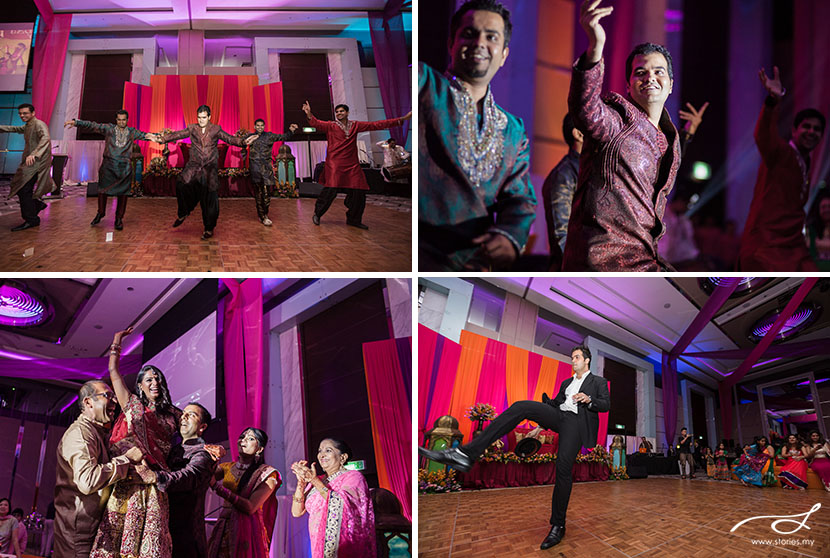
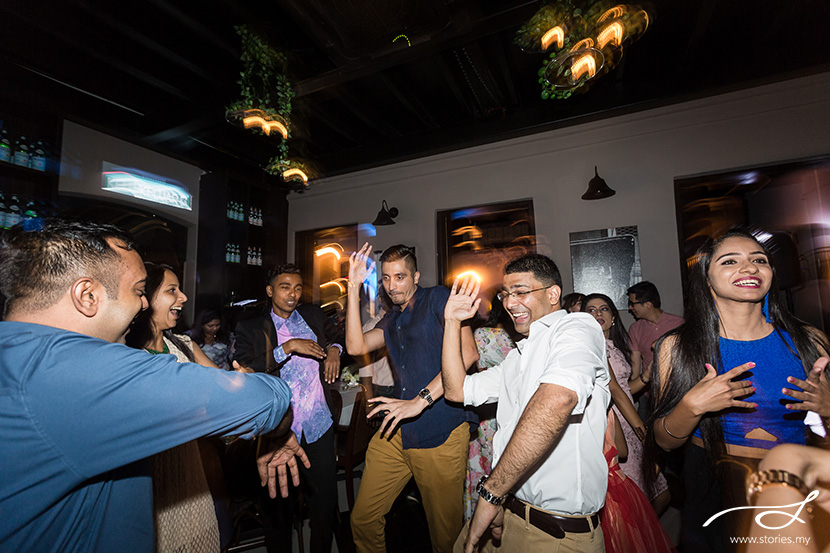
If you’d like to see the ceremony in action, have a look at Jason and Seetha’s wedding ceremony here:
Contact us if you would love to have our team photograph your Hindu wedding ceremony.
